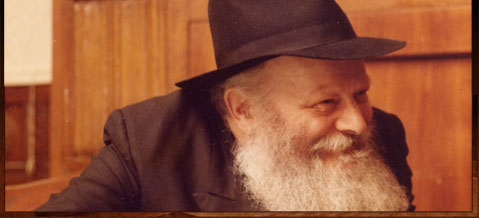Mrs. Jeanette Neppe
The story I am about to tell begins in Johannesburg, where I lived with my late husband, David Neppe – who served for a time as the mayor of the city – and our two children Cliff and Cindy.
It happened a week before Cindy’s thirteenth birthday in April of 1983. We had just returned from a mother-daughter shopping trip, and Cindy plopped down in a chair to watch TV, when I heard her call out, “Mommy!” (She later said that she suddenly felt strange.) I walked into the room and I got the fright of my life – she was sitting there totally rigid and seemingly unconscious. My husband wasn’t home so I summoned Cliff, who picked her up and carried her to the car, and we drove as fast as possible to the hospital which was just up the road.
When we arrived there, she came to and asked, “Why did you bring me here?”
She was examined in the emergency room, and after some tests, a neurosurgeon was called in to consult. The neurosurgeon ordered a biopsy of her brain in order to determine what was going on. That was easier said than done – the fact that they didn’t want to sedate her fully, made things quite complicated. Her movements caused problems with the equipment they were using, and the procedure, which had been expected to take forty minutes, dragged on for a full six hours.
After all that, they informed us of their terrible diagnosis: Cindy had an inoperable brain tumor, and radiation coupled with chemotherapy was the only available treatment. Even that offered very little hope; she was probably going to die. (more…)





